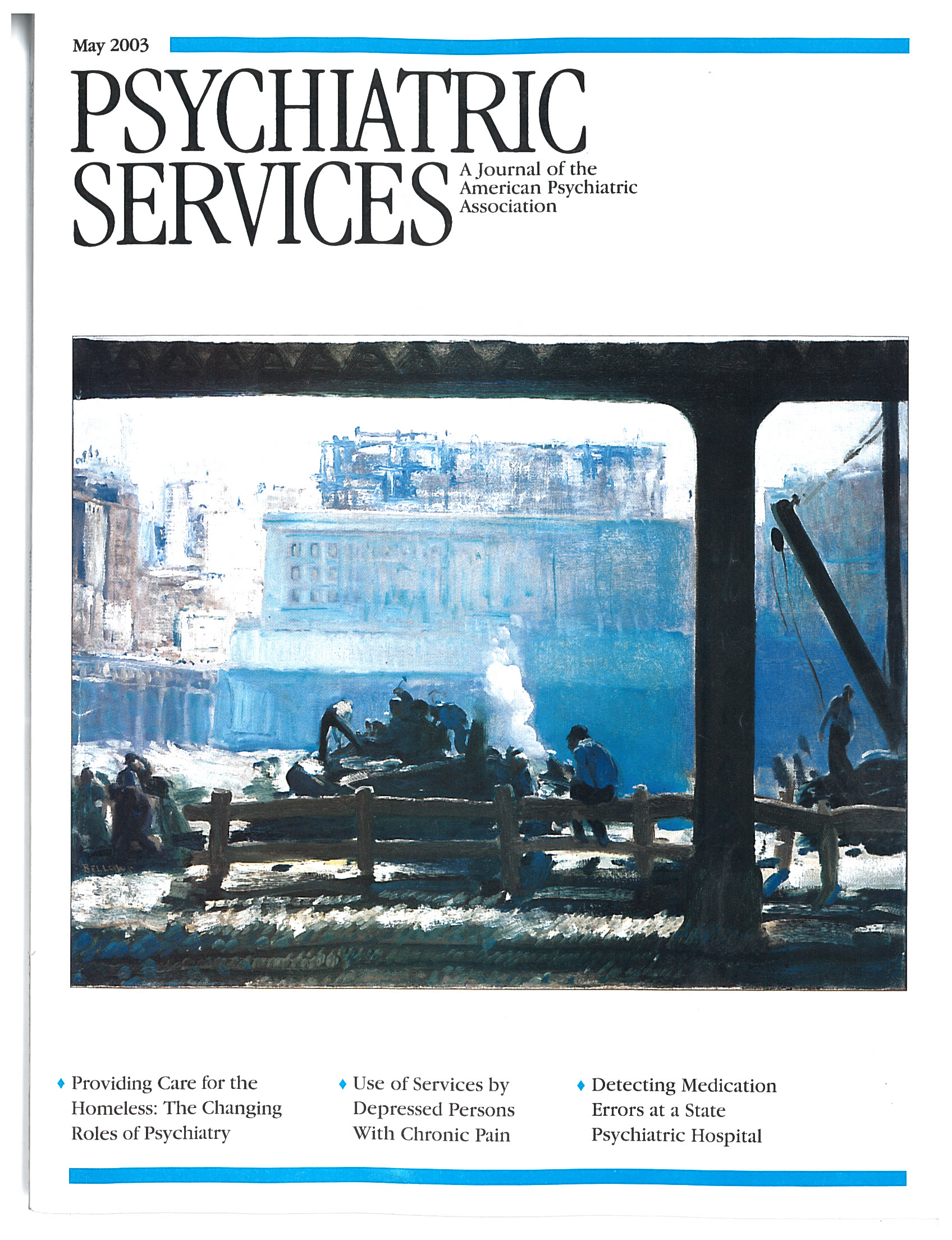Medication Errors in Psychiatry: Are Patients Being Harmed?
Our patients deserve to know the risks they incur during hospitalization as well the benefits. One of the risks is unintended harm from medication errors. Recent reports by the Institute of Medicine suggest that errors in inpatient settings are associated with thousands of deaths and that they cost many millions of dollars annually. Of the slightly more than one million hospitalizations in the United States in 1998, 25.8 percent were psychiatric admissions. Therefore, the number of psychiatric inpatients at risk of unintended harm and suboptimal care is substantial.
Unfortunately, few reports have been published on rates of error or adverse events in psychiatry, and there has been little commentary on related methodological issues. Some prominent psychiatric journals do not even include "medication errors" or "adverse drug events" as keyword options for submitted manuscripts. A MEDLINE search for reports on medication errors and related topics yielded only 44 articles, two of which originated from psychiatric settings.
Without more research, the risk of unintended harm from medication errors in psychiatry will remain unknown. What most institutions do know about errors most likely comes from risk management assessments and spontaneous reports at monthly staff meetings. Error rates are generally calculated by taking the number of self-reported errors from nursing staff and expressing it as a percentage of all medications dispensed. Such rates are usually substantially lower than actual rates because of the flaws inherent in self-reporting. In a retrospective chart review conducted in a state psychiatric hospital (see page 677), an independent review found 2,194 medication errors during the course of 31 patients' hospitalizations (1,448 patient-days); only nine errors were self-reported for the 31 hospitalizations. Studies in general care settings have found similar disparities between rates of independently detected errors and self-reported errors.
We believe that all psychiatrists who treat hospitalized patients should learn about current issues and terminology in the area of medication errors and understand the strengths and limitations of their hospital's error detection approach. Hospitals should educate staff about error-prone factors in the medication delivery process—in prescription, transcription, dispensing, administration, and monitoring pharmacotherapy. In addition, this knowledge should guide performance improvement activities to reduce errors in all aspects of the medication delivery process. Until these changes occur, psychiatric patients will not benefit from the lessons learned in the larger patient safety movement, which suggest that changes in systems can substantially improve medication safety.



